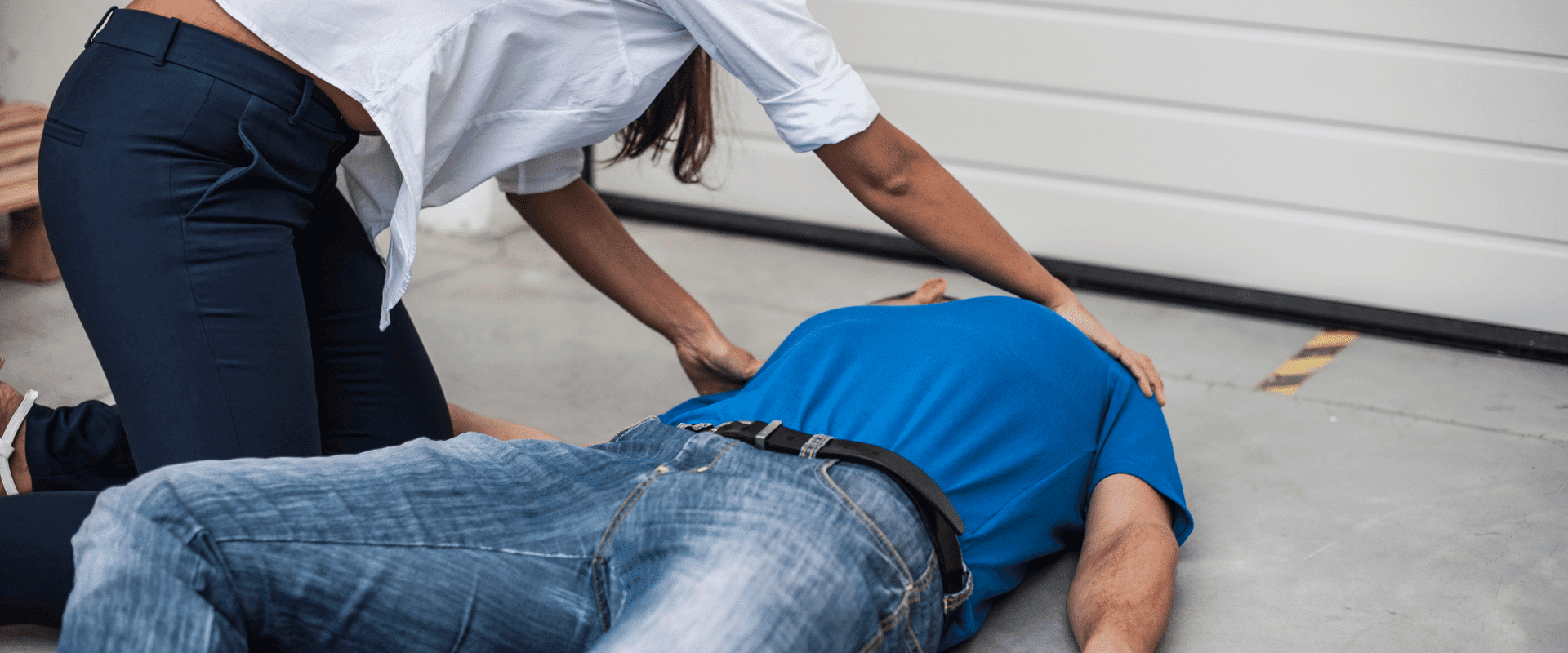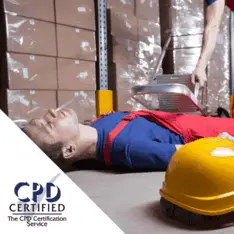What is the legal requirement for first aid at work? The Health and Safety (First-Aid) Regulations 1981 (ammended 2013 and 2018) require employers to provide adequate and appropriate equipment, facilities and people to ensure their employees receive immediate attention if they are injured or taken ill at work.
Does A Workplace Have To Have A First Aider?
It all starts with your assessment of needs in your workplace. Where your assessment of first-aid needs identifies that a trained first-aider is not required, you should appoint someone to take charge of first-aid arrangements. However, an appointed person is not necessary where there are an adequate number of appropriately trained first-aiders.
What Is The Legal Requirement For First Aiders At Work?
Every employer has a duty of care to ensure there are adequate and appropriate facilities and equipment to cater for employees if they are injured or become ill at work. An employer should make an assessment of first-aid needs appropriate to the activities of the workplace. This is known as assessing the Hazards and Risks (a risk assessment).
Where an employer provides first-aiders in the workplace, they should ensure they have undertaken suitable training, have an appropriate first-aid qualification (the 1-day emergency first aid at work course as a minimum) and remain competent to perform their role by having regular refresher training to retain their ability and confidence to treat a casualty. Typically, first-aiders will hold a valid certificate of competence in either first aid at work (FAW) or emergency first aid at work (EFAW).
What Are The Responsibilities of A First Aider?
St John Ambulance outline seven responsibilities of a first aider:
1. Assess the situation quickly and calmly to get an understanding of what happened. This involves determining whether anyone is in danger, the cause of the situation, and how many people are affected.
2. Comfort, reassure, stay calm and take charge. You should introduce yourself to the casualty, explain what’s happening and why, and explain what you’re going to do before you do it.
3. Protect yourself and the casualty from any danger. You should always protect yourself first and only move the casualty if leaving them would cause more harm. If you are unable to make an area safe, call 999 for emergency help.
4. Prevent infection between you and them. You should wash your hands or use hand sanitiser, wear disposable gloves, and not cough or sneeze over a casualty.
5. Assess the casualty. If there are multiple casualties, you must help those with life-threatening injuries or conditions first.
6. Give first aid treatment, such as CPR or applying pressure to bleeding wounds. Life-threatening injuries and conditions must be prioritised before giving treatment to less serious cases.
7. Arrange for the right kind of help. Call 999 for an ambulance if it’s serious, or take/send them to a hospital if it’s serious but unlikely to get any worse. For less serious conditions, suggest they see a doctor if they are concerned or if the condition worsens. You should always stay with them until you can leave them in the right care.
Information with thanks to St John Ambulance
This can be summarised as the 3 P’s
Preserve Life
Prevent Deterioration
Promote Recovery
What Does ABC Stand For In First Aid?
Expanding on the above, the priorities for First Aid treatment can also be remembered by ABC (or DR ABC)
DANGER – Are you, the casualty, or anyone else in danger?
RESPONSE – Is the casualty responding to your voice or touch?
AIRWAY – Can the casualty breathe?
BREATHING – Is the casualty breathing normally, is it restricted, or have they stopped breathing?
CIRCULATION – Are they bleeding or in shock?
Can I be Sued For Carrying Out First Aid?
In the UK there is a law known as “The Good Samaritan Law” and is there to protect those who act in a humanitarian way to offer assistance to those who may be injured or suffer illness. Providing the “Good Samaritan” doesn’t actively or knowingly put somebody in a worse situation than they were already, then the law recognises that they acted in a public spirited way to help somebody in need. In fact the law would actually look unfavourably on somebody who failed to help where they could, for example not calling an ambulance for somebody who clearly needed one (or walked away from a situation where help was obviously needed)
In the work place, the First Aider is obviously there to help. However, they are a First Aider, not a medical expert or paramedic. Therefore, the requirement of the First Aider is to offer initial treatment to the best of their training and knowledge if someone were to suffer an injury or illness in the workplace.
The basic principle of First Aid is to keep the casualty alive, to prevent their condition from deteriorating, and to hand over in the best possible condition in the circumstances to a paramedic if the condition warrants it.
If the injury or illness is minor, then the assistance from the First Aider may be all that is required.
As long as the First Aider has done their best to assist the casualty within the limits of their training then there should be no reason for a First Aider to be blamed or indeed blame themselves.
Training and CPD
HST have teamed up with an online partner to bring you health, safety and compliance training at very affordable prices. These courses available 24/7 so you can study at a time to suit you.
Take a look today and consider upskilling yourself or your workforce


